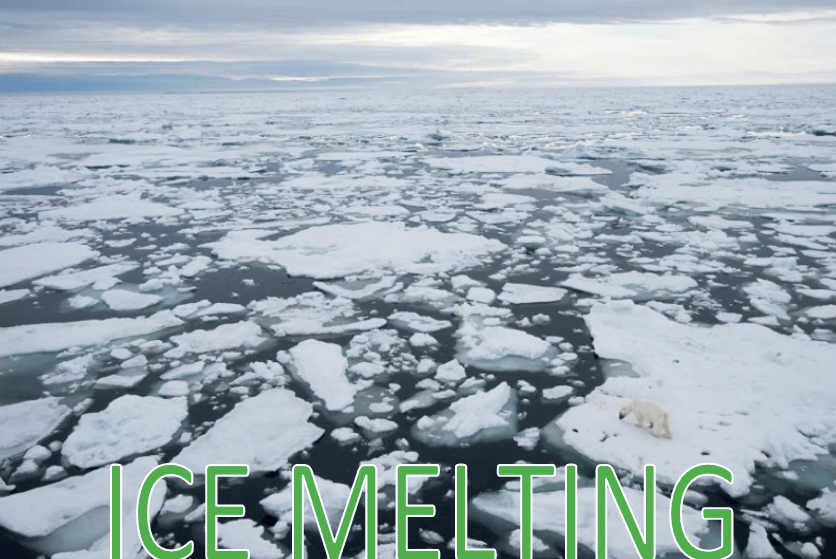Connecting the dots in Grade 4 Science
Back to news
When Engagement Officers head into classrooms across Nova Scotia our goal is to expand students’ understanding of Energy Efficiency and connect the dots to the Nova Scotia curriculum. In the fourth grade science, students investigate how light is used and how it interacts with the environment.
A photo from the Arctic with sea ice breaking up with noticeable areas of white ice and dark ocean. I question students why the Arctic is warming faster if they think about the properties of light they have explored already in class.f they ever put their hand on a white car and a black car on a sunny day? What did they feel? Was there any difference? Why is there a difference?
Students are usually very quick to respond. Then I re-ask, why is the Arctic warming…
You can see it in their eyes light up and they quickly respond. When you start melting the ice you have more black surfaces like in your picture, the dark water would absorb heat from the sun and the white ice would reflect a lot of sunlight back so that could be a reason why the Arctic is warming faster than other parts of the Earth.
The last link that I make between light and energy is when we explore ways to waste less energy every day at home and school. I show them two pictures side by side of two bedrooms. One room is painted white and the other black. I ask them, why would I show you these two pictures together? What room do you think would be more energy efficient and why?
Many ideas are shared until we agree on some that will help save energy. Including, open your blinds and paint your rooms a light color so the light from the sun can reflect off the walls. One student even suggested using a mirror on your wall can reflect the light.
These experiences are a great reminder that we are all learning together and as we learn together we are creating better greener more sustainable Earth.
Natalie McMaster
Engagement Officer






Leave a Reply